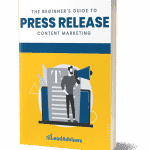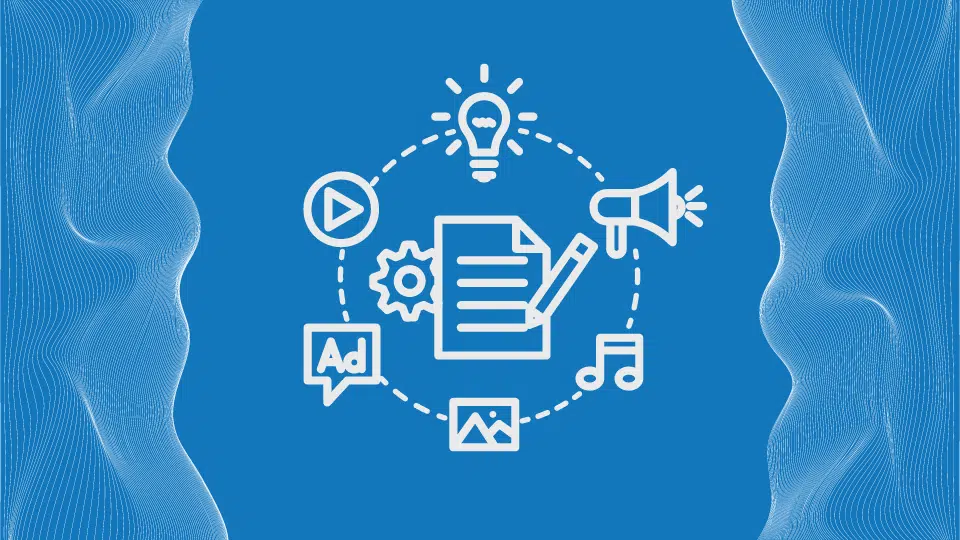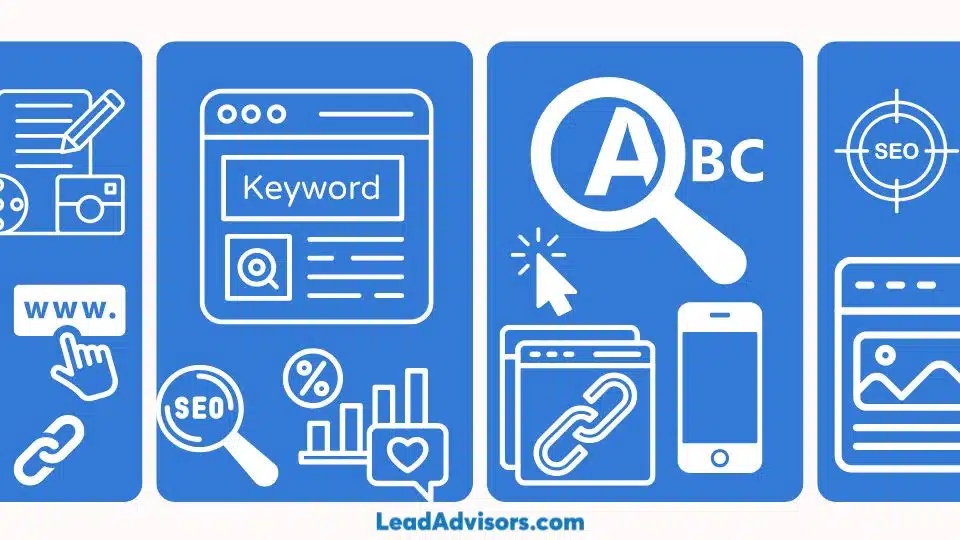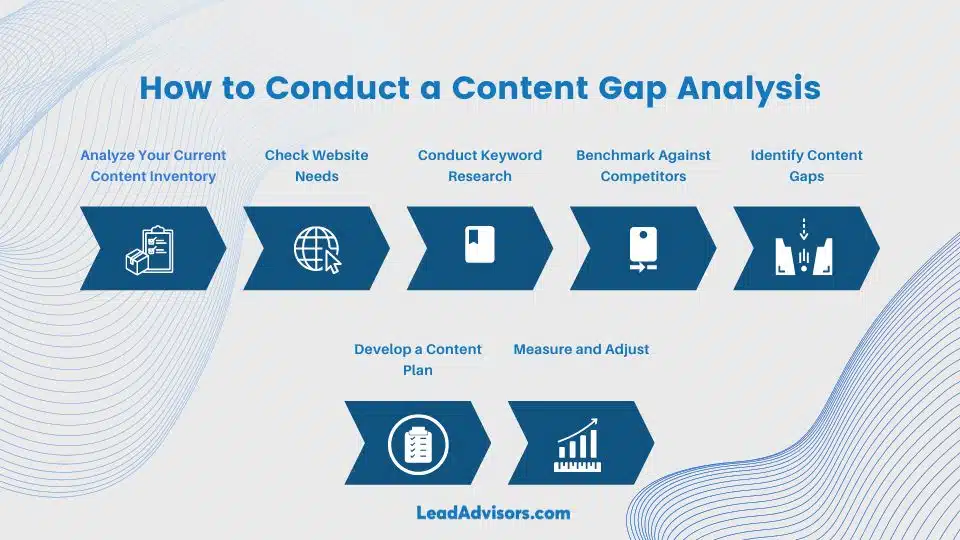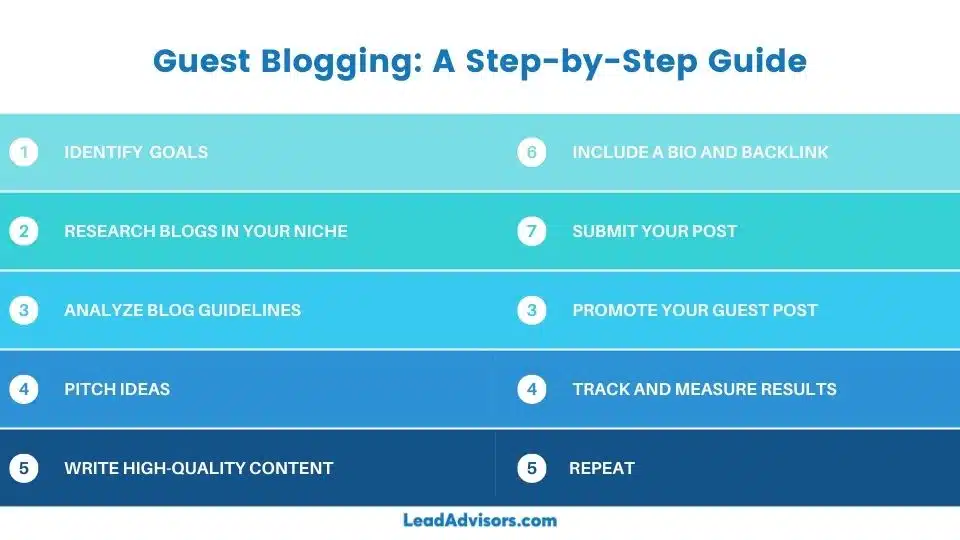What Is Iterative Design?
 Iterative design iteration is a fundamental component of an effective UX strategy. It involves several incremental changes and improvements to a website’s design and functionality based on user feedback and data analysis. By using the feedback form, and continuously refining the user experience, the iterative design iteration process ensures it works and aims to create a website that is intuitive, seamless, and tailored to the target audience’s needs.
However, the full iterative design process ensures that alone is not enough. Continuous improvement complements the iterative design process by continually testing, optimizing, and monitoring user feedback. Certainly, it involves continual testing, using data analysis, user-generated content, and A/B testing to uncover areas for improvement. With an iterative design process ensuring continuous improvement, your UX strategy evolves to meet your customers’ changing needs and preferences.
The iterative design software development process typically involves software development of the following key components:
Iterative design iteration is a fundamental component of an effective UX strategy. It involves several incremental changes and improvements to a website’s design and functionality based on user feedback and data analysis. By using the feedback form, and continuously refining the user experience, the iterative design iteration process ensures it works and aims to create a website that is intuitive, seamless, and tailored to the target audience’s needs.
However, the full iterative design process ensures that alone is not enough. Continuous improvement complements the iterative design process by continually testing, optimizing, and monitoring user feedback. Certainly, it involves continual testing, using data analysis, user-generated content, and A/B testing to uncover areas for improvement. With an iterative design process ensuring continuous improvement, your UX strategy evolves to meet your customers’ changing needs and preferences.
The iterative design software development process typically involves software development of the following key components:
User Research
Understanding the target audience is crucial for iterative design. This phase involves user research to gain insights into user behaviors, preferences, and pain points. Multiple research methods, including surveys, interviews, and usability testing, can be utilized to gather valuable user feedback.Prototyping
Once user research is complete, the next step is to create prototypes. Prototypes are interactive representations of the website’s design and functionality. They allow designers and stakeholders to visualize and test different concepts, gather feedback, and make necessary improvements before moving forward.Testing and Evaluation
Iterative design involves frequent testing and evaluating the website’s prototypes. User testing sessions are conducted to observe how users interact with the design, identify areas of confusion or frustration, and collect feedback for refinement.Feedback Analysis and Iteration
The design is iterated based on the insights gained from user testing and feedback analysis. Changes are made to address user pain points, enhance usability, and improve the overall user experience. The design process is iterated multiple times, with each iteration progressively bringing it closer to its optimal state.Implementation and Launch
After several iterations and refinements, the final design is implemented and launched. However, the iterative process continues. Continuous monitoring and feedback collection are essential to ensure ongoing improvements and adjustments based on real-time user interactions.Example of Iterative Design
Many successful companies have recognized the power of the iterative process of interaction design in shaping their UX strategy. An illustration of a successful company with intuitive user interfaces and iterative cycle design iteration is Apple, widely recognized as one of the most successful companies globally. Correspondingly, its products are renowned for their user-friendly interfaces. Apple’s design team utilizes the iterative interaction design process to create user-friendly products with user-friendly human-computer interfaces that provide a delightful and engaging interactive experience. Another company that embraces the iterative design approach is Google. Google’s products, including Gmail and Google Maps, undergo an iterative development process with regular updates incorporating new features and improvements from user feedback. Simultaneously, this iterative approach has helped Google to create some of the most popular and successful products on the market. Read More: Top 10 Real Estate Social Network Platforms – Boost Your BusinessBenefits of Iterative Design in UX Strategy
 The iterative design tool and methodology above can offer numerous advantages for e-commerce and business owners when incorporated into their UX strategy. Let’s explore some of the key benefits:
The iterative design tool and methodology above can offer numerous advantages for e-commerce and business owners when incorporated into their UX strategy. Let’s explore some of the key benefits:
Identifying and Addressing User Pain Points
By utilizing iterative design, businesses can actively identify and address user pain points throughout the design process. Through continuous feedback and testing, the iterative design allows for timely adjustments and refinements, ensuring that user needs and frustrations are addressed effectively.Improved User Engagement
The iterative design optimizes the user experience, increasing user engagement. Generally, businesses can create more intuitive, user-friendly, and visually appealing interfaces by fine-tuning the design based on user feedback. This, in turn, encourages users to spend more time on the website, explore its features, and ultimately improves user engagement metrics.Increased Conversion Rates
A well-designed user experience directly impacts conversion rates. By iterating on the UX strategy, businesses can identify and eliminate barriers to conversion, streamline the user journey, and enhance the overall conversion process. This leads to more visitors taking the desired actions, such as purchasing or filling out a contact form.Enhanced Customer Satisfaction
User satisfaction is a critical factor in the success of any business. Iterative design allows businesses to fine-tune their user experience based on user feedback and preferences, resulting in a website that aligns more closely with user expectations. By delivering a satisfying experience, businesses can foster customer loyalty, generate positive word-of-mouth, and increase customer retention.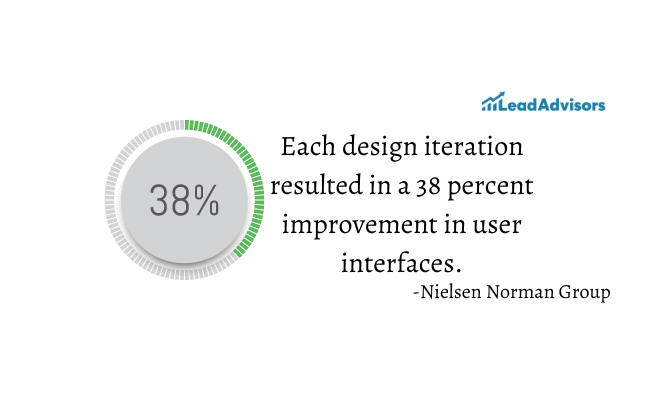 While specific statistics for design iterations may vary depending on the industry and context, studies have consistently shown the positive impact of the iterative process in interface design on user engagement and conversion rates. In a recent study conducted by the Nielsen Norman Group, each design iteration resulted in a 38 percent improvement in user interfaces.
This statistic highlights the benefits of incorporating the iterative design process into UX strategy. It demonstrates that the iterative design process enables the process of design example, its own ideas ability as much benefit as many ideas to drive business growth and improve the product team’s overall user experience.
You May Also Like: What Is a Content Hub?
While specific statistics for design iterations may vary depending on the industry and context, studies have consistently shown the positive impact of the iterative process in interface design on user engagement and conversion rates. In a recent study conducted by the Nielsen Norman Group, each design iteration resulted in a 38 percent improvement in user interfaces.
This statistic highlights the benefits of incorporating the iterative design process into UX strategy. It demonstrates that the iterative design process enables the process of design example, its own ideas ability as much benefit as many ideas to drive business growth and improve the product team’s overall user experience.
You May Also Like: What Is a Content Hub?
Implementing Continuous Improvement
 Implementing continuous improvement in your UX strategy is crucial for refining and optimizing the user experience. It involves an ongoing product development process, collecting user feedback, analyzing data, and staying up-to-date with industry trends. Furthermore, to implement continuous improvement effectively, start by actively collecting and analyzing user feedback. Achieving this can be accomplished through various methods, including surveys, user testing, and customer support interactions.
By understanding user needs, pain points, and areas for improvement, you, the project team, and the development team can make targeted changes to enhance the user experience.
Monitoring key metrics is another important aspect of continuous improvement. Establish key performance indicators (KPIs) aligned with your UX goals, such as conversion, bounce, and user engagement.
Regularly track and analyze these metrics to identify improvement areas and make data-driven decisions.
Additionally, A/B testing is a powerful technique for optimizing UX. Test different variations of design elements, layouts, or functionalities to measure their impact on user behavior and outcomes. By comparing the performance of different options, you can identify the most effective solutions and make informed design choices.
Furthermore, staying updated with industry trends is essential to keep your UX strategy relevant and effective. Stay informed about emerging UX trends, best practices, and technological advancements. Attend conferences, participate in webinars, and follow industry experts to gain insights into new ideas and techniques.
Hence, collaboration with stakeholders is key to the how iterative design process works, enabling successful project management and continuous improvement. Involve designers, developers, project managers, and product managers in the development lifecycle iterative design process, ensuring it works. Foster collaboration, gather feedback from diverse perspectives, and iterate on the UX strategy based on collective feedback.
Read More: What Are Topic Clusters for SEO?
Implementing continuous improvement in your UX strategy is crucial for refining and optimizing the user experience. It involves an ongoing product development process, collecting user feedback, analyzing data, and staying up-to-date with industry trends. Furthermore, to implement continuous improvement effectively, start by actively collecting and analyzing user feedback. Achieving this can be accomplished through various methods, including surveys, user testing, and customer support interactions.
By understanding user needs, pain points, and areas for improvement, you, the project team, and the development team can make targeted changes to enhance the user experience.
Monitoring key metrics is another important aspect of continuous improvement. Establish key performance indicators (KPIs) aligned with your UX goals, such as conversion, bounce, and user engagement.
Regularly track and analyze these metrics to identify improvement areas and make data-driven decisions.
Additionally, A/B testing is a powerful technique for optimizing UX. Test different variations of design elements, layouts, or functionalities to measure their impact on user behavior and outcomes. By comparing the performance of different options, you can identify the most effective solutions and make informed design choices.
Furthermore, staying updated with industry trends is essential to keep your UX strategy relevant and effective. Stay informed about emerging UX trends, best practices, and technological advancements. Attend conferences, participate in webinars, and follow industry experts to gain insights into new ideas and techniques.
Hence, collaboration with stakeholders is key to the how iterative design process works, enabling successful project management and continuous improvement. Involve designers, developers, project managers, and product managers in the development lifecycle iterative design process, ensuring it works. Foster collaboration, gather feedback from diverse perspectives, and iterate on the UX strategy based on collective feedback.
Read More: What Are Topic Clusters for SEO?
Key Strategies for Continuous Improvement
 Continuous and continual improvement in UX strategy relies on several key strategies and methodologies. By implementing these strategies, businesses can drive ongoing enhancements to the user experience. Let’s explore some of the crucial strategies for continuous improvement:
Continuous and continual improvement in UX strategy relies on several key strategies and methodologies. By implementing these strategies, businesses can drive ongoing enhancements to the user experience. Let’s explore some of the crucial strategies for continuous improvement:
User Feedback and Research
Gathering user feedback through surveys, interviews, and usability testing allows businesses to gain insights into user preferences, pain points, and expectations. This feedback serves as a valuable resource for identifying areas of improvement and shaping the UX strategy accordingly.Data Analysis and User Behavior Tracking
Leveraging analytics tools and user behavior tracking enables businesses to analyze quantitative data and identify patterns. However, metrics like conversion rates, click-through rates, and time on the page provide valuable insights into user interactions and help pinpoint improvement areas.A/B Testing and Experimentation
A/B testing evaluates multiple design elements or feature variations to determine their relative performance. Businesses can gather empirical data and make informed decisions about design changes by conducting controlled experiments. A/B testing helps optimize user experiences and refine the UX strategy based on measurable results.Iterative Design Process
Adopting an iterative design process involves continuous prototyping, testing, and refining cycles. By gathering feedback at each iteration and incorporating user insights into subsequent designs, businesses can gradually improve the user experience. Likewise, this iterative approach ensures improvements are based on real-world feedback and validated user preferences.Usability Heuristics and Best Practices
Incorporating usability heuristics and adhering to industry best practices provides a solid foundation for continuous improvement. By following established principles, businesses can avoid common usability issues and focus on enhancing the user experience in areas that align with recognized standards. Examples of actual companies that have effectively implemented a continuous iterative process, continuous cycle of improvement in their UX strategy encompass:- Netflix is another company that is constantly iterating on its user experience. They use data to track how users interact with their website and app, and they use this data to make changes that improve the user experience. For instance, a recent addition to their offerings includes a feature that enables users to bypass introductions in TV shows.
- Spotify, being a music streaming service, offers a remarkable user experience. They use various methods to gather user feedback, including surveys, interviews, and usability testing. They use this feedback to make changes to their website and app that improve the user experience. For example, they have recently implemented a new feature enabling users to create customized playlists.
Measuring the Impact
 Measuring the impact of UX strategy improvements is essential for several reasons. It provides tangible evidence of the effectiveness of UX enhancements, validating the efforts put into continuous improvement and guiding future decision-making based on data rather than assumptions.
Additionally, it helps businesses identify which UX improvements yield the highest returns, allowing for effective resource allocation and focusing on areas that significantly impact user experience and business outcomes. Also, it enables businesses to demonstrate the value of UX improvements to stakeholders, showcasing the positive impact on user satisfaction, engagement, conversion rates, and, ultimately, the bottom line.
Measuring the impact of UX strategy improvements is essential for several reasons. It provides tangible evidence of the effectiveness of UX enhancements, validating the efforts put into continuous improvement and guiding future decision-making based on data rather than assumptions.
Additionally, it helps businesses identify which UX improvements yield the highest returns, allowing for effective resource allocation and focusing on areas that significantly impact user experience and business outcomes. Also, it enables businesses to demonstrate the value of UX improvements to stakeholders, showcasing the positive impact on user satisfaction, engagement, conversion rates, and, ultimately, the bottom line.
Tools to Measure Iterative Design
Businesses can consider several key metrics and tools when measuring the impact of UX strategy enhancements. First, conversion rates are important for measuring the percentage of users who complete desired actions. By monitoring user engagement metrics, including metrics such as time spent on the page, page views, bounce rates, and click-through rates, valuable insights can be gained regarding users’ interaction patterns with the website or application. Moreover, implementing user satisfaction surveys allows businesses to gauge user perception and satisfaction levels, capturing qualitative feedback on the perceived improvements in user experience. Lastly, utilizing heatmap tools to visualize user interaction patterns and session recordings that provide video recordings of user interactions can help identify areas of interest and potential usability issues. To track and analyze the impact of UX strategy enhancements on product teams, consider the following strategies:A/B Testing
Implement A/B testing to compare different versions of UX improvements and measure their impact on key metrics. This controlled experimentation allows for data-driven decision-making.Data Analytics Tools
Utilize web analytics tools, such as Google Analytics, to track user behavior, conversions, and engagement metrics. These tools provide insights and reporting capabilities to measure the impact of UX strategy enhancements.User Feedback Analysis
Analyze user feedback collected through surveys, usability testing, or customer support interactions. Look for patterns and trends to identify areas of improvement and evaluate the impact of UX enhancements on user satisfaction. Read More: 7 Essential Types of SEO Content for Online VisibilityConclusion
The iterative design process and continuous improvement are essential for e-commerce and business owners who want to enhance the user experience and drive business growth. Businesses can effectively track and measure the impact of iterative design examples, iterations, and UX enhancements by employing strategies such as A/B testing, test design of previous iterations, simulated prototypes and next iteration, data analytics tools, and user feedback analysis. The benefits of an iterative design methodology and an iterative design process that enable continuous improvement are immense. They result in improved user interfaces, increased engagement, and higher conversion rates. Businesses can foster customer satisfaction and achieve their desired business outcomes by consistently iterating and iterative design methodology and refining the user interface and experience. LeadAdvisors is here to support you in the development process from the lean planning stage and prototyping stage, prototyping process through the stage, and implementing effective UX strategies. Contact us today and discover how our expertise can assist your design teams in optimizing your UX strategy, leading to business success.Frequently Asked Questions
How does iterative design differ from traditional design approaches?
Traditional design approaches often involve extensive planning and designing before a final product is launched. In contrast, iterative design focuses on developing a basic version of the product early in the process and then repeatedly refining and enhancing it based on user feedback and testing. This approach allows for more flexibility and responsiveness to changes and user needs.
Can you explain the concept of continuous improvement?
Continuous improvement is a key component of quality management that involves ongoing efforts to improve products, services, or processes. These efforts can seek “incremental” improvement over time or “breakthrough” improvement all at once. Methods for continuous improvement include Six Sigma, Lean management, and Total Quality Management (TQM), all aimed at increasing efficiency, reducing waste, and enhancing quality.
How do iterative design and continuous improvement work together?
Iterative design and continuous improvement work together by using the feedback gathered from each iteration to make incremental improvements to the product or process. This synergy allows teams to evolve their projects dynamically, ensuring that the end product is both high in quality and closely aligned with user needs and expectations. The iterative cycles facilitate continuous learning and adaptation, which are central to the philosophy of continuous improvement.
How do businesses measure the success of iterative design and continuous improvement initiatives?
Success in iterative design and continuous improvement is typically measured by improvements in product quality, customer satisfaction, and operational efficiency. Metrics may include reduction in defect rates, faster time to market, increased customer retention rates, and feedback scores. Businesses may also track the return on investment (ROI) for each iteration to ensure that the improvements justify the resources expended.





